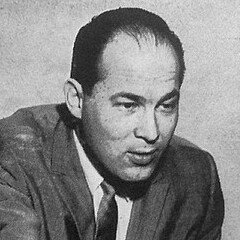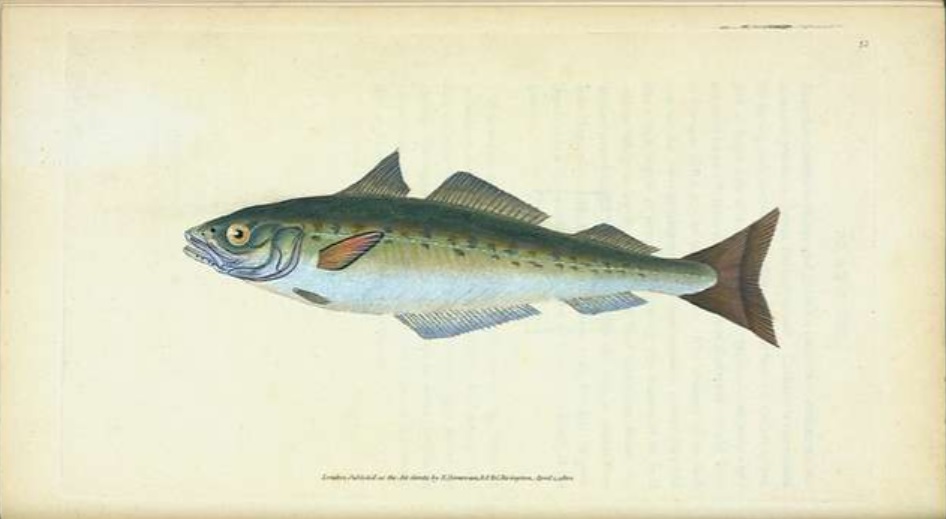GROWING YOUR BUSINESS: Always be asking for references, referrals, recommendations, and endorsements

 by Dan Beaulieu
by Dan Beaulieu
Business consultant
The very best way to grow your business is to get other people talking about you in a good way. Your customers bragging about your products and services to their friends, neighbors and family is the very best way to gain new customers, without a doubt.
Think about that. What do you do when you are considering buying a new car? You’ll ask someone who already has one, right? I mean you won’t just ask people you know, you’ll stop, and ask complete strangers in the Hannaford parking lot what they think of their car, if it’s the same brand that you are thinking of buying. Why do you think so many car commercials feature real people talking about how much they love their new car?
What about choosing a contractor, or a painter, or a plumber? You always ask the people around you who they can recommend and why they recommend them? Most of the time, if people have had a great experience, they’ll be happy to talk about it and even try to convince you to use the same people they used to the point where it is almost like they want you to join the cult.
The same applies to restaurants. People love telling other people about a great meal they had at that new Italian restaurant down in Winthrop, right?
People love telling people about great products, and services, and yes, meals, they have experienced.
But you as a business owner cannot be satisfied to just sit back and wait for those endorsements to come your way. You have to find a way to get those referrals about your company to come to you on a regular basis.
Obviously, the best way to get great referrals is to be the best. The best car dealer, the best contractor, the best restaurant. That is a given. But many times, that is not enough. Sure, many people, your customers will be happy, even delighted with what you are selling, but that is not enough. You have to be intentional in your quests for referrals. You have to ask for those recommendations. And if you go about it the right way, your customers will be more than happy to provide them.
Here are a few suggestions to seek and get referrals from your customers:
- Right after you have completed a service or sold a product, and the customer is delighted, ask him for written endorsement for your sales literature.
- If you are a contractor, ask the happy customer if you can take photos of your work to show prospective customers and, yes, ask again for the customer to give you an endorsement and also a reference.
- Offer your customers small incentives. A gift card to a coffee shop, for example, if they will refer you to the people in their own network.
Sales expert Jennifer Gluckow said it best in her book Sales in a New York Minute. In today’s social world, the repeat customer, the recommended customer, and the referred customer are the heart of business success.
Whatever you do always be asking for references, referrals, recommendations, and endorsements from your delighted customers. It is without a doubt the best way to grow your business.
















